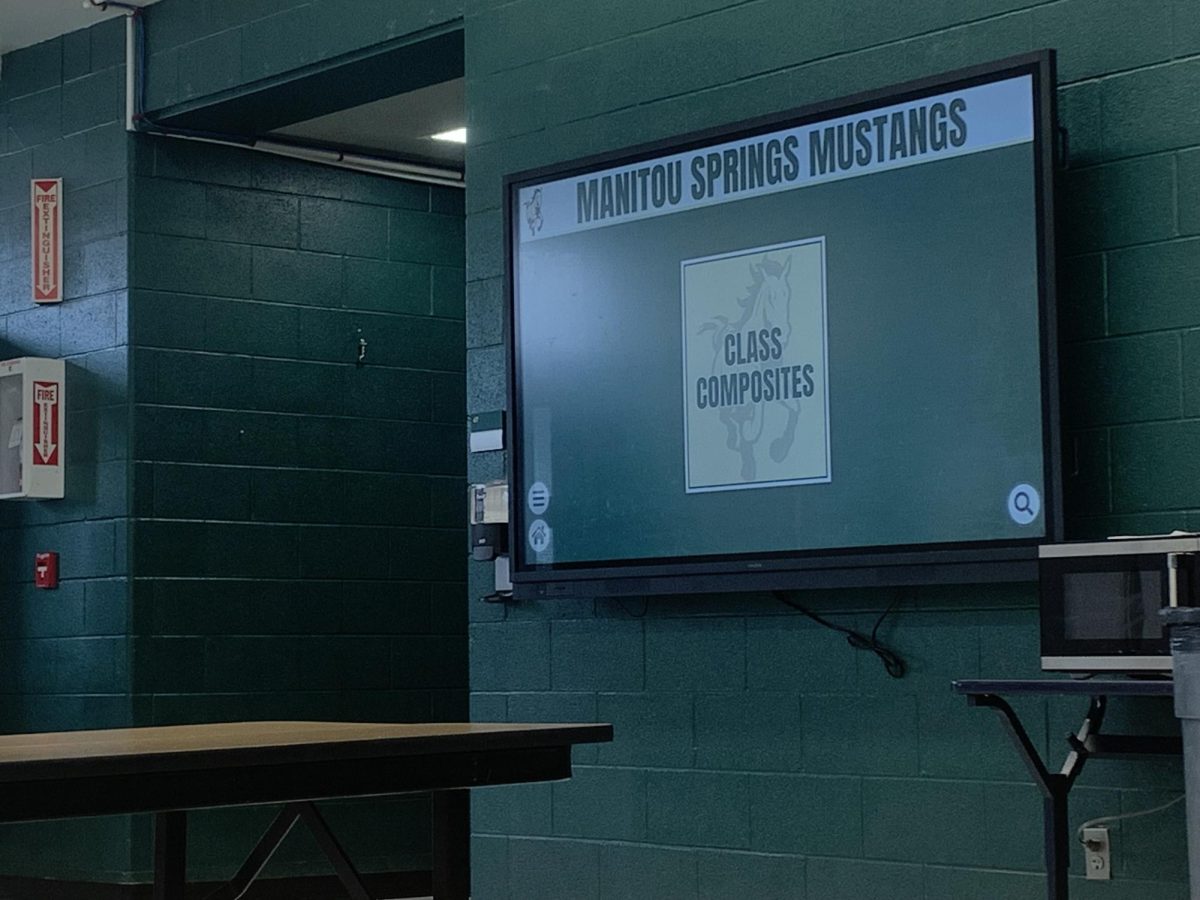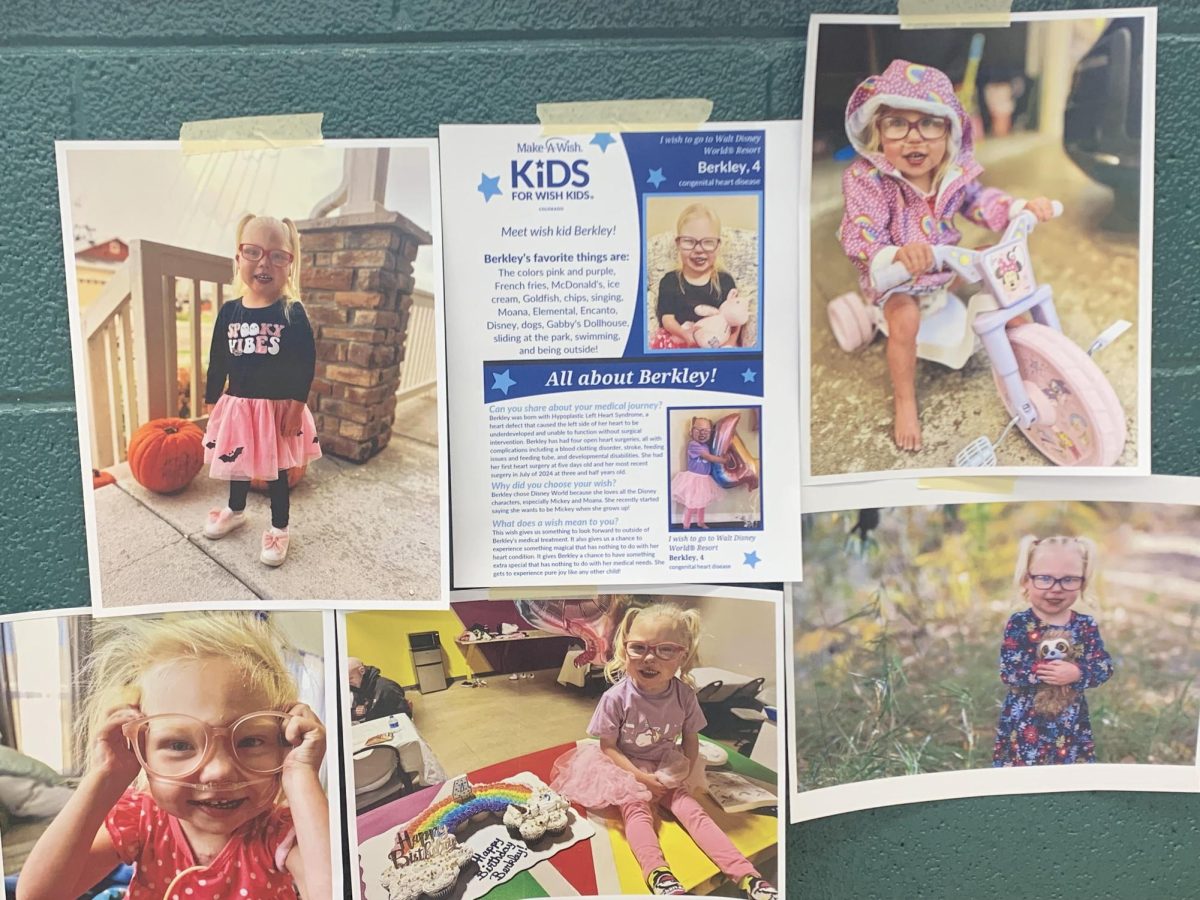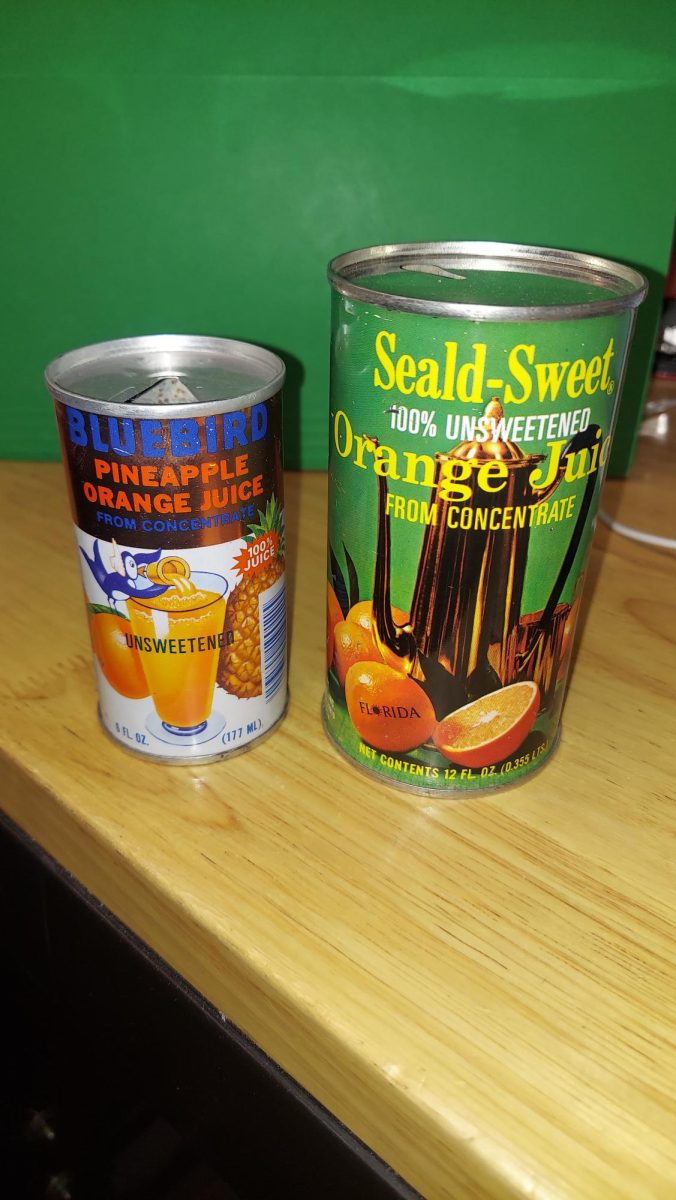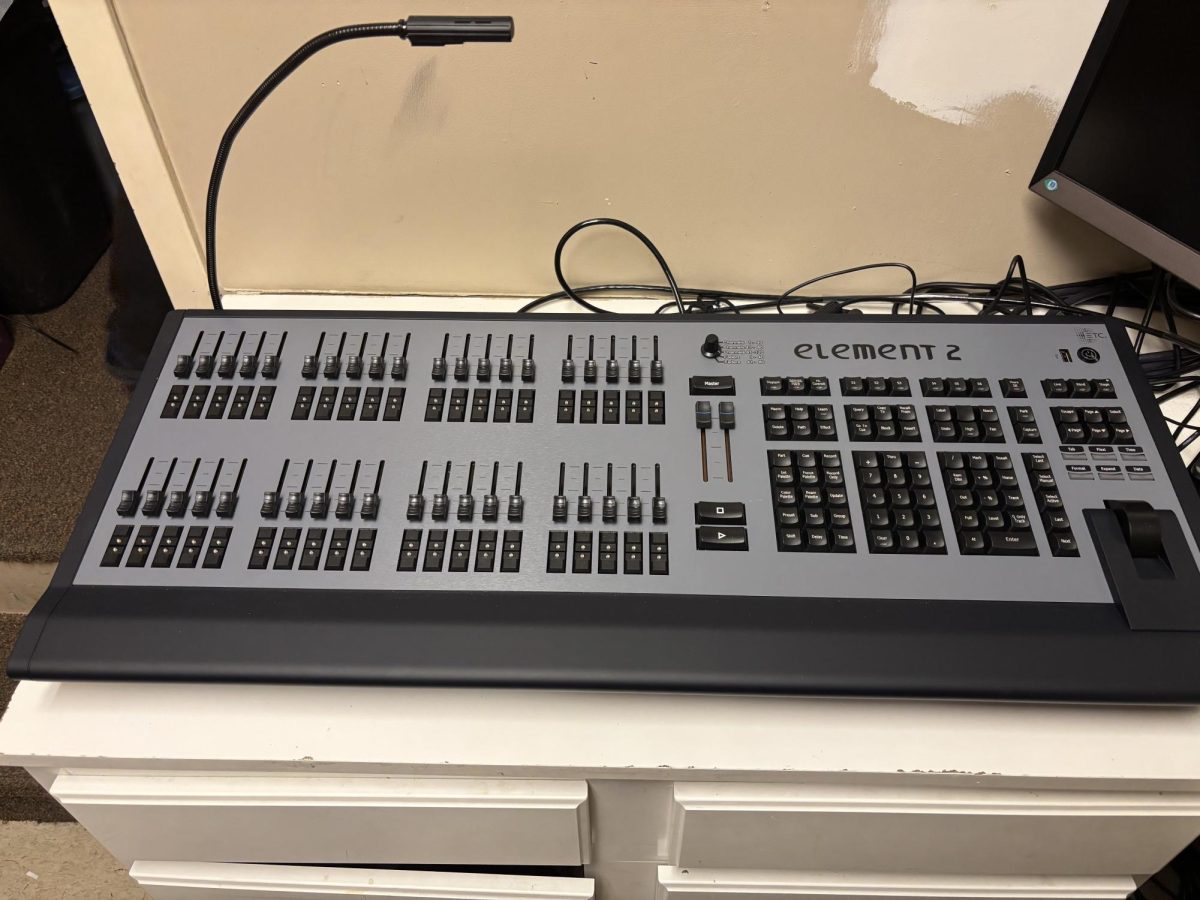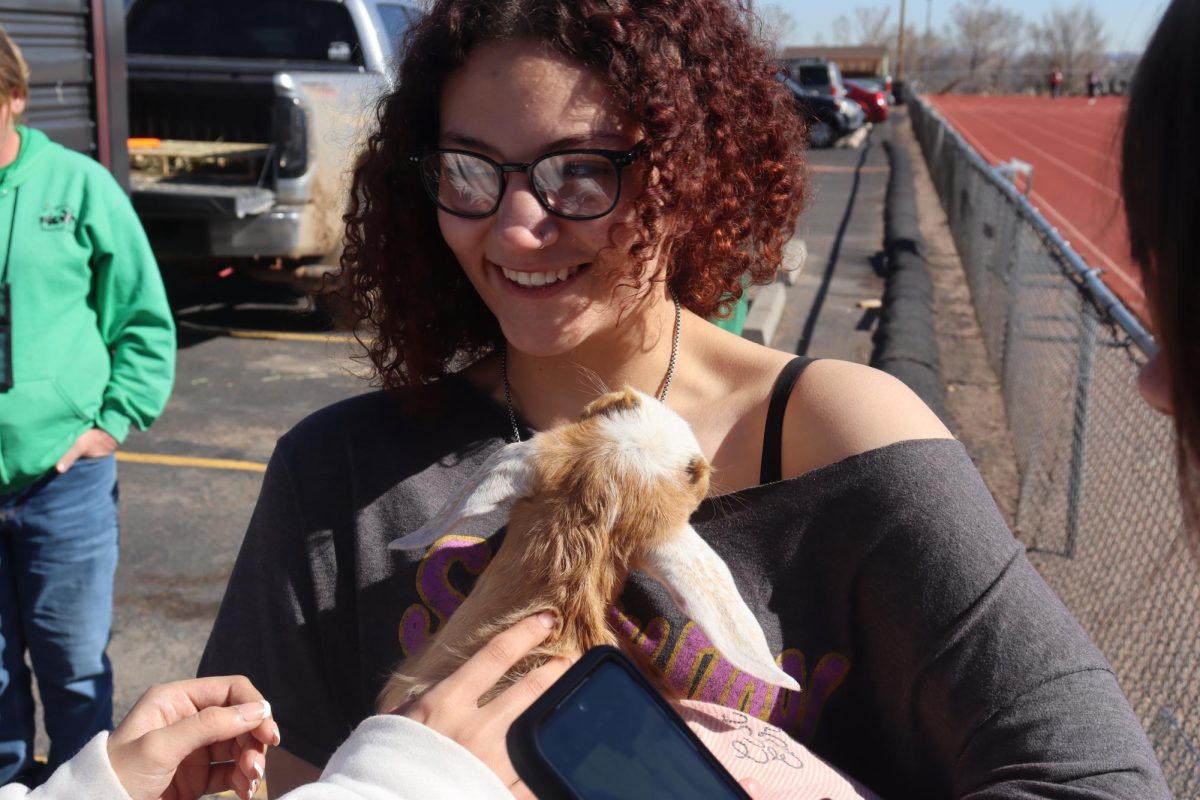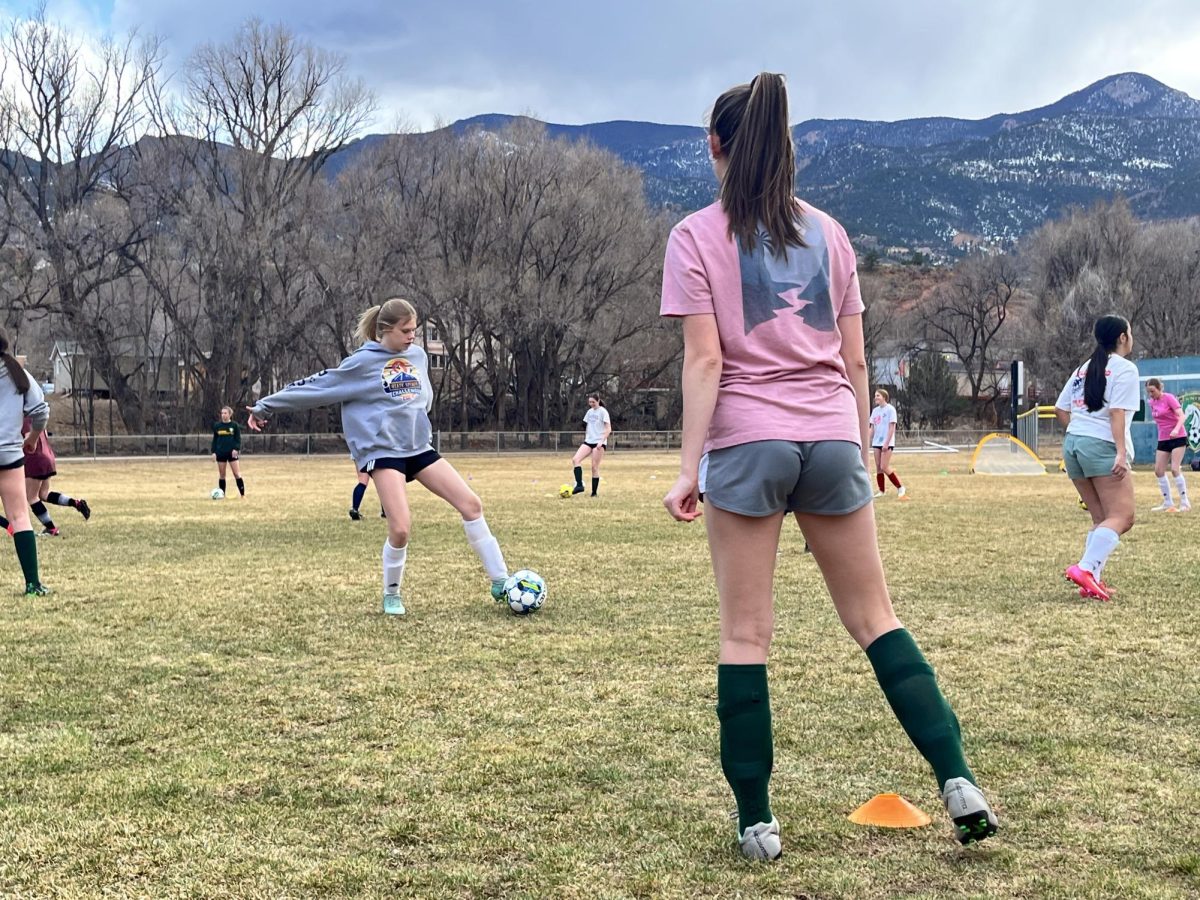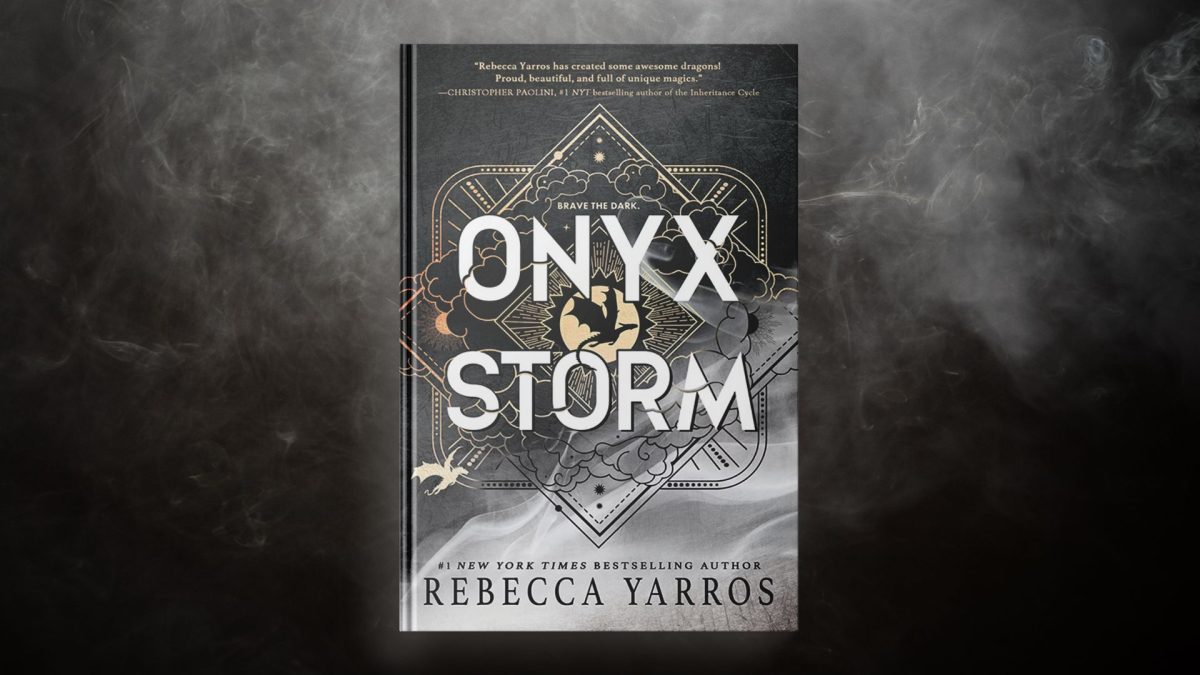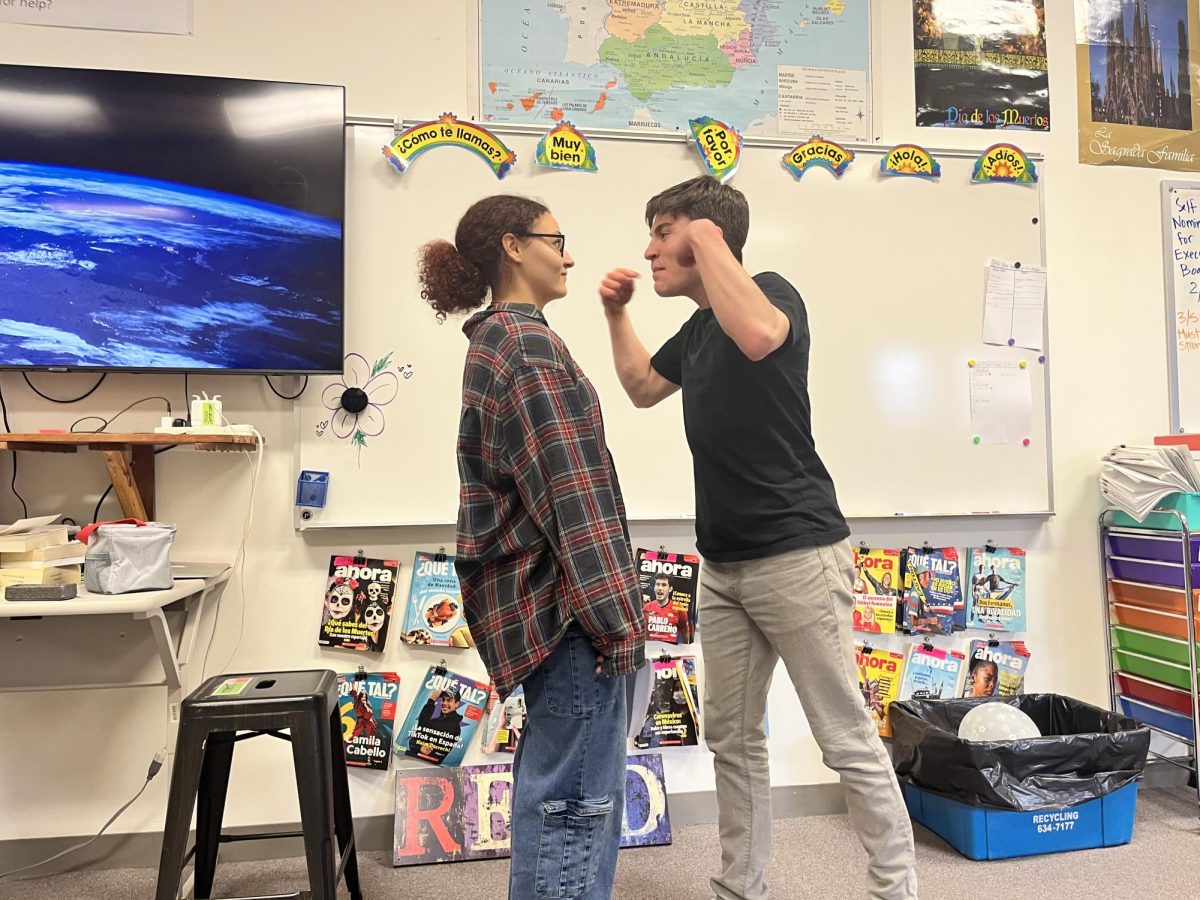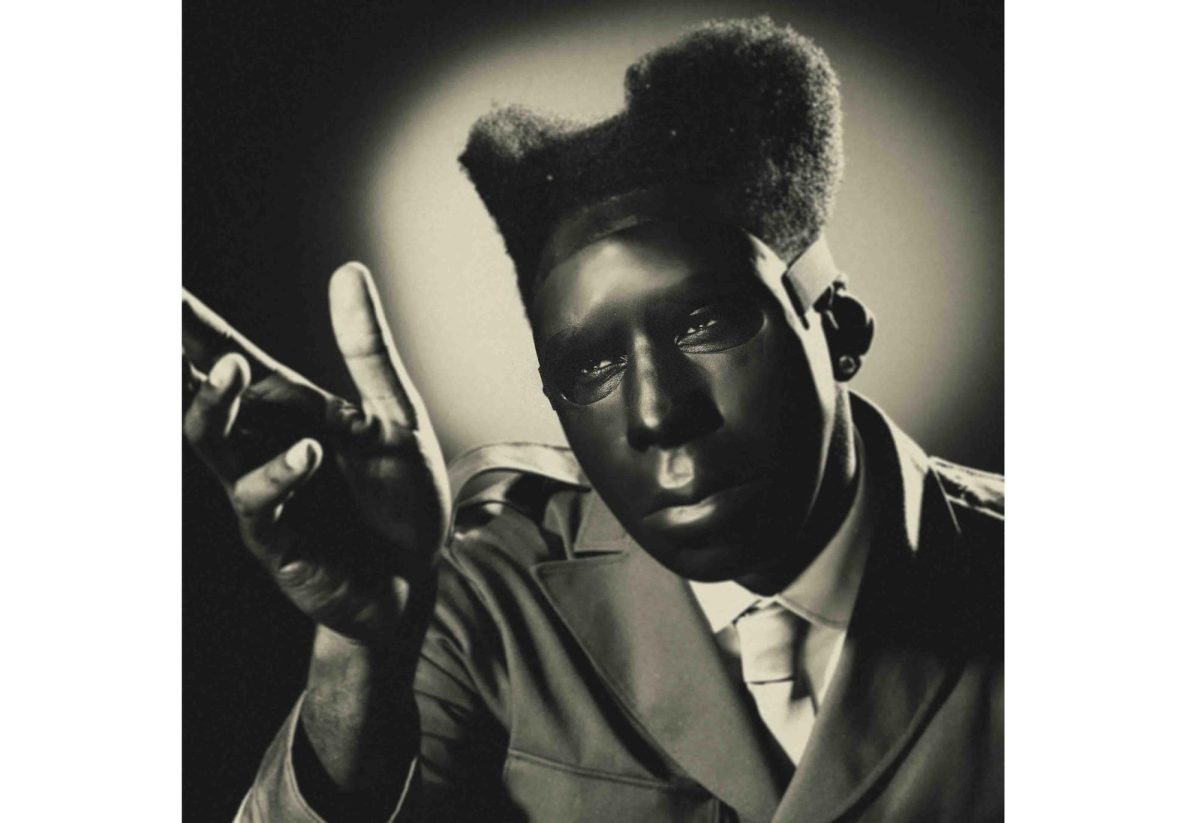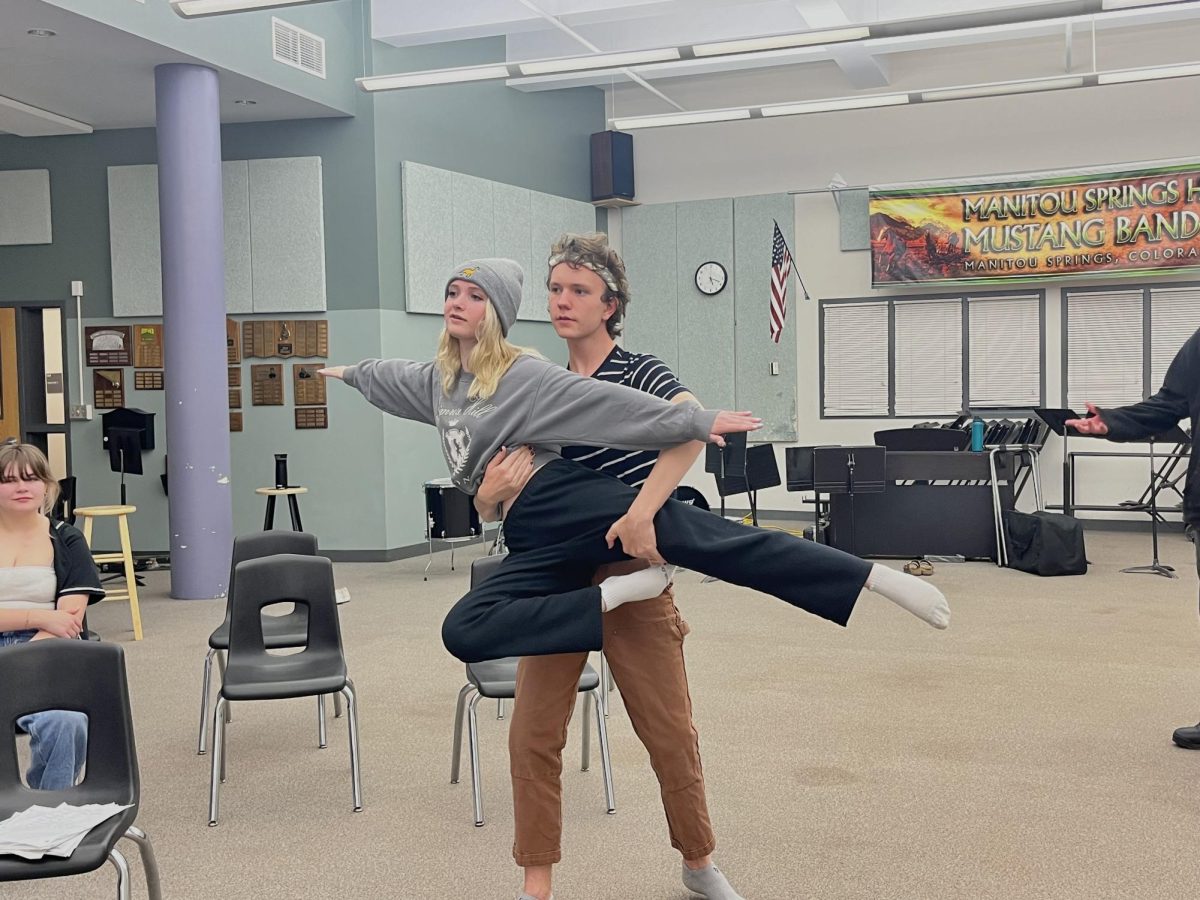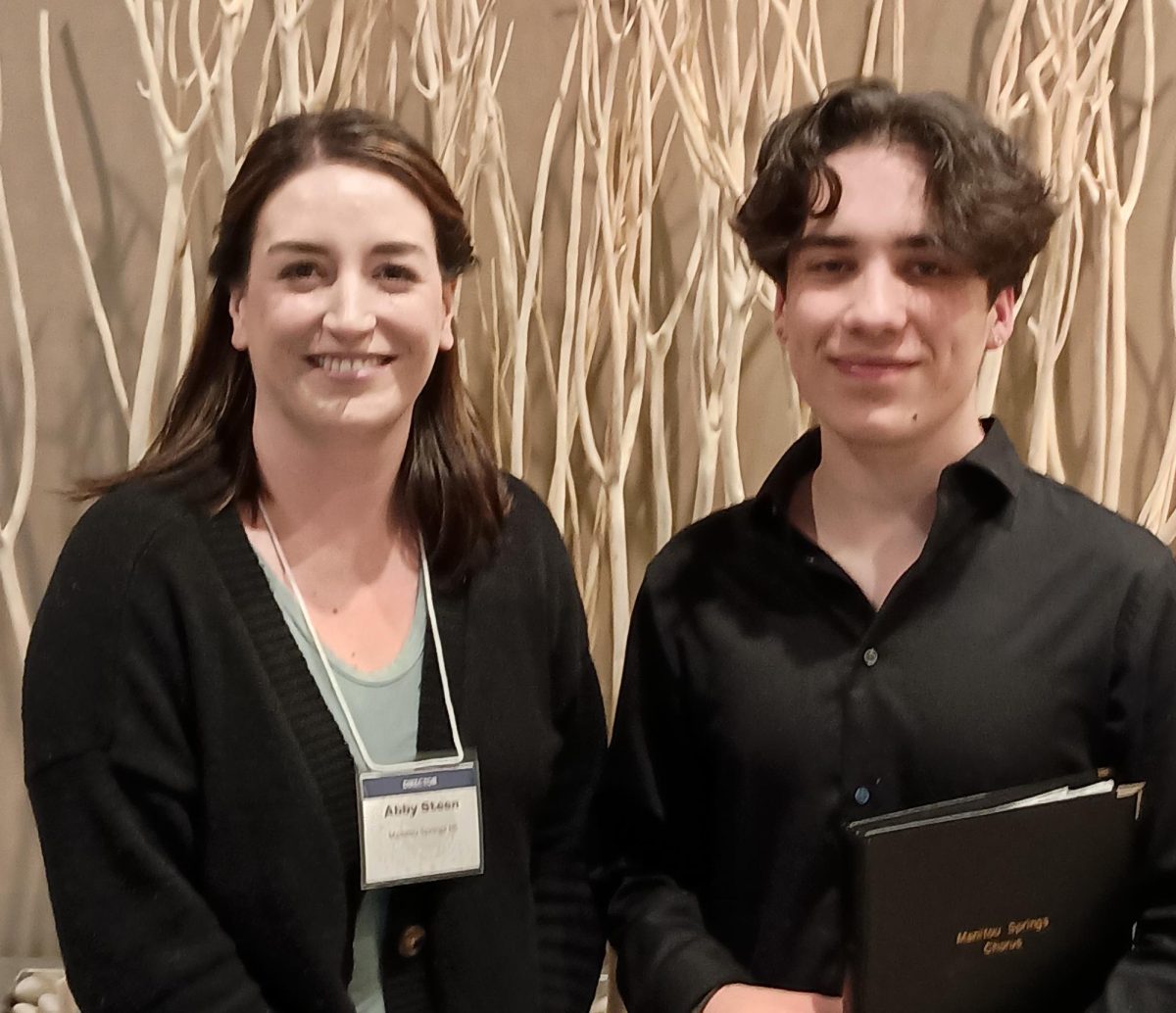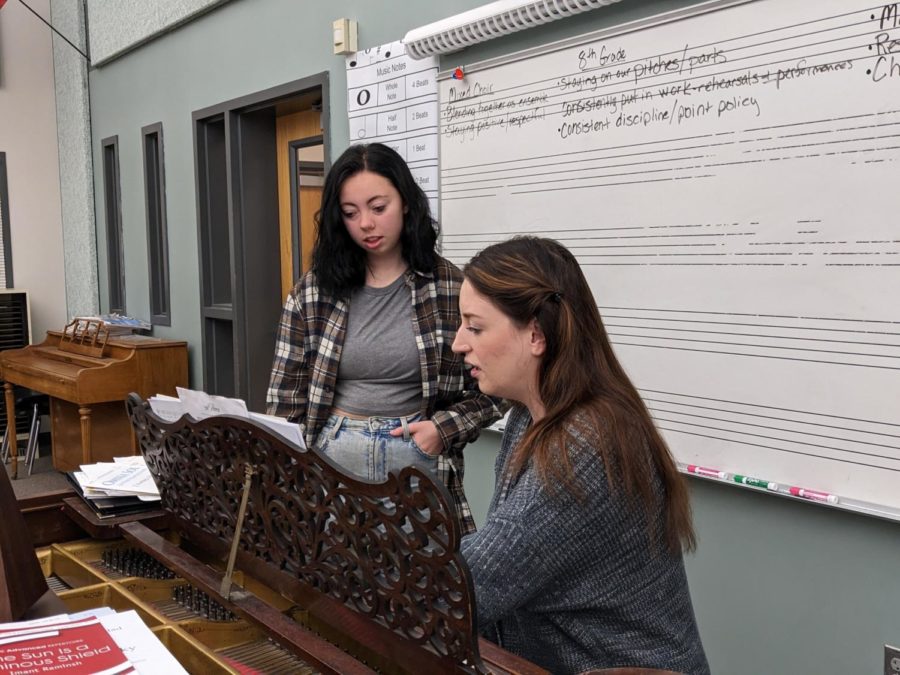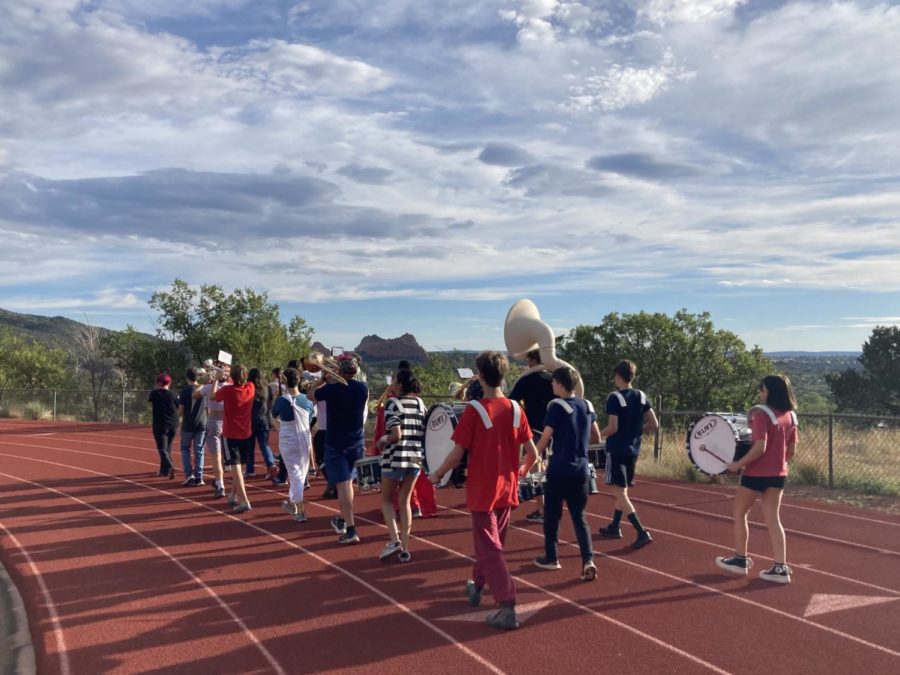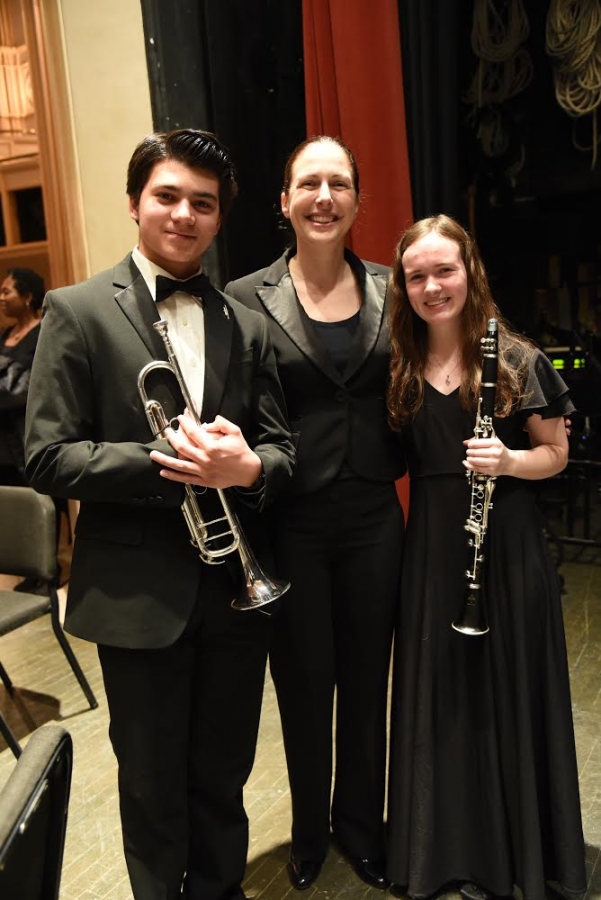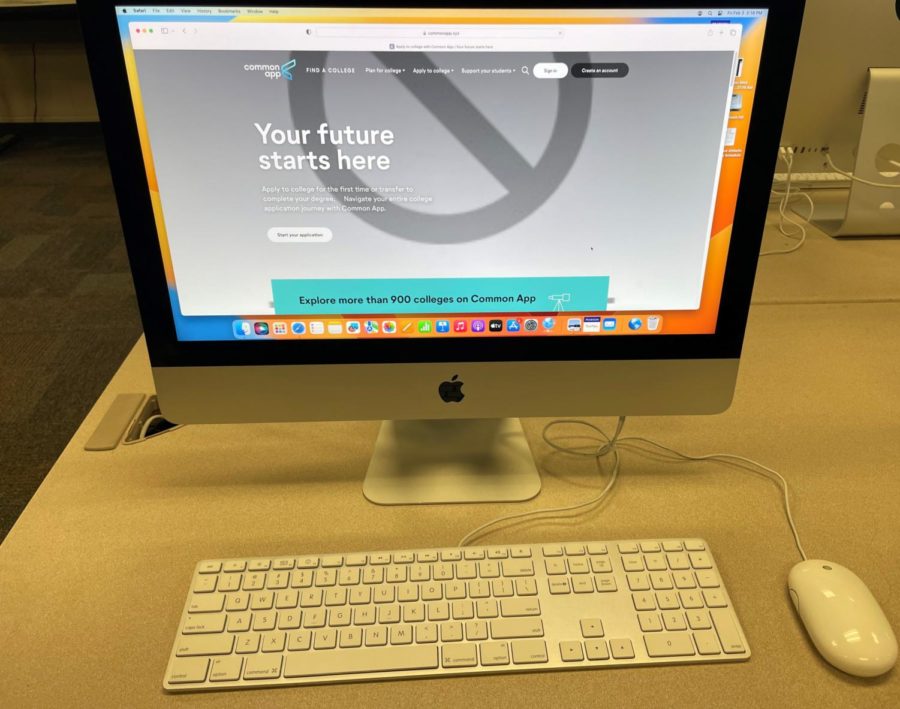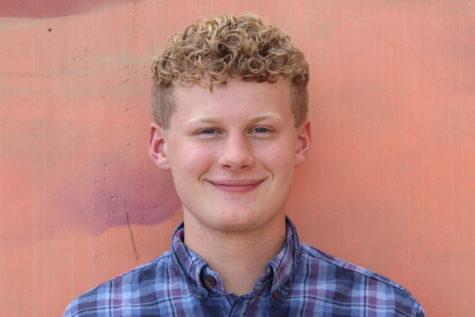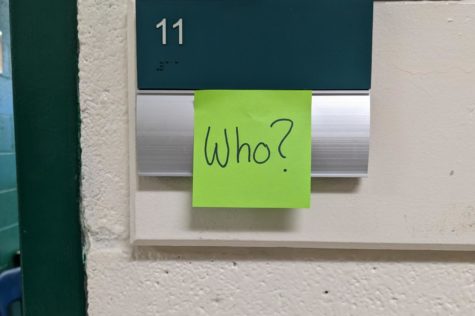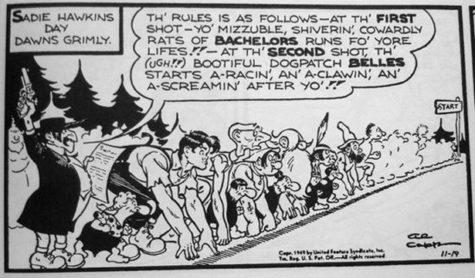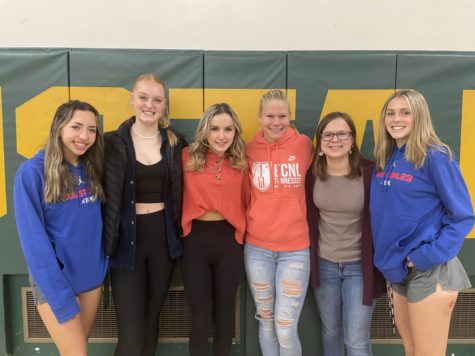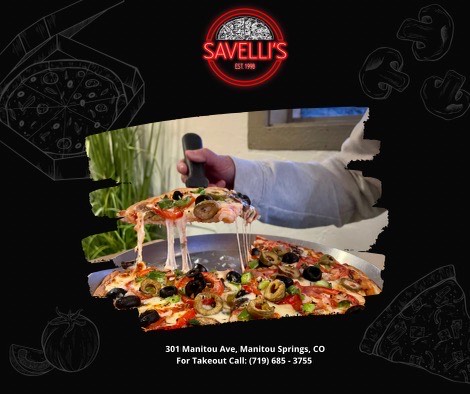The struggles of college applications
Common App is a common tool that is used by high school seniors to help make the college application process a little easier.
February 6, 2023
In addition to a senior in high school’s busy schedule, the college application process is long, cumbersome and requires tremendous discipline. I have found that many students go into senior year with little warning or help on the truly rigorous and tedious college application process. Students at Manitou Springs High School must complete prerequisite courses using Naviance software during their first three years of high school to suggest career path ideas, connect them with counselors, and alleviate much of the workload as a future graduate decides what career to pursue.
While counselors at the school have facilitated college workshops and assisted all students with graduation requirements, college applicants must set aside significant time and dedicated focus to fill out an application. Counselors recommend students apply to five schools of their choosing, but for me, that number did not feel like enough options and variety. It’s also difficult to apply to universities you’ve never been to or have only visited once.
I had a big dream many seniors have of wanting to escape and go out of state to study. I enjoy Colorado, the City of Manitou Springs, my friends and family but I felt like I wanted to “spread my wings.” What I didn’t realize was in my dream there was also a reality of application costs for out-of-state and in-state applications for each submission. So even though that “5” number felt too small, it was very realistic for many high school students’ budgets.
When considering budgeting, college is expensive and scholarships can’t always pay for everything. There are many scholarships out there for every college applicant that are mostly contingent upon academic success, GPA, family income, excelling in sports, diverse ethnic backgrounds and large essays that depend solely on the student’s willingness to apply themselves when searching for and applying. It’s important to fill out your FAFSA application as soon as it is issued to be sure you get all the available federal financial assistance before relying on college savings or private student loans. For students that don’t feel they have the grades or opportunity to go to a four-year university, considering the option of a community college might be a beneficial solution for saving money on tuition, fees and possibly boarding.
For students like myself that have taken multiple years of challenging classes such as AP, honors, or dual-enrollment and done well enough to have a high GPA, it has been my experience that private institutions offer more scholarship opportunities than public universities. However, private colleges are normally much more expensive than public colleges, but because of this, they tend to offer more and larger amounts of scholarship opportunities.
Most students can apply to colleges and universities directly through their official websites. Still, I had a good experience creating a College Common App account and was able to apply to multiple institutions in the same place. At times tedious and overwhelming, I found this common application well worth the time and effort. When choosing this route, all applicants must write a common application essay with a limit of 600 words and may be asked to write others depending on the college they apply to. My advice is to look at both application formats because they most likely have different requirements and I encourage others to pick the one they are most prepared for.
Universities across the State of Colorado and many others across the country have veered away from the mandatory SAT and ACT scores requirements, while others will still accept them in your application process even if they aren’t required. This is a bit of weight lifted off of college applicants’ shoulders, but I recommend still studying for these tests and trying to get your best possible score.
I started applying to schools in late July for universities in Arizona and Montana. I didn’t know at the time that there was a difference between “early decision” and “early action” applications. Early decision enrollment commits a student to a binding contract and they are required to attend that college during the term they applied to early action enrollment applications are a lot more lenient and non-binding, but students get the acceptance decision back earlier than regular applicants. All schools and universities around the country have different dates to release admissions decisions. Instead of getting a big or small letter in the mail like back in the day, students now receive an email and sometimes if they are accepted virtual confetti!
After acceptance to hopefully multiple universities like mine, the true struggle is finding passwords, usernames and links to accept or decline admittance to each school. Once high school seniors pick their future dream college and where they will reside for the next four years, the institutions will require more information about their current grades, GPA and the level of classes a student took during their last year of high school. So don’t give up before you graduate or admission to your school of choice might be revoked. It’s important to prepare yourself for a future college workload that may be more intense than what you’re used to at Manitou Springs High School. Best of luck!

